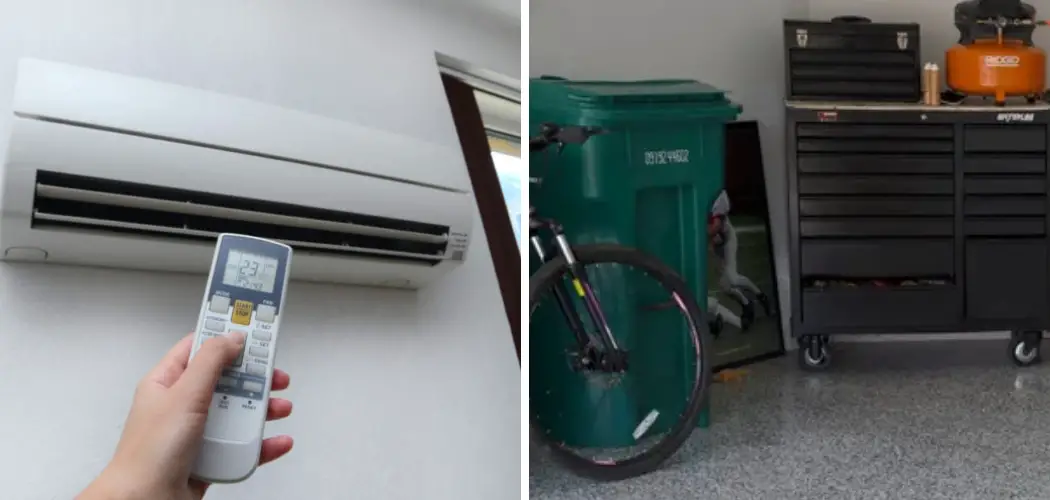Keeping a garage cool in Florida is essential, especially during the intense summer months when temperatures can soar.
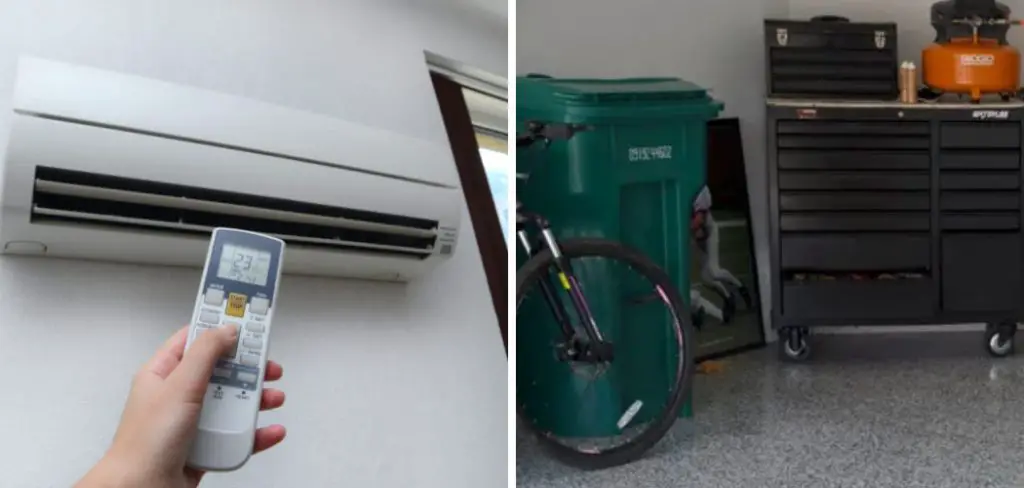
A hot garage can become not only uncomfortable but also detrimental to your stored items, such as tools, paints, and other materials that may be sensitive to heat. In this guide, we’ll explore various strategies and solutions for how to cool garage in florida, making it a more pleasant space for both storage and activities. From insulation and ventilation techniques to creative cooling solutions, these tips will help you beat the heat and maintain a functional garage environment year-round.
Importance of Effective Cooling Solutions
Implementing effective cooling solutions in your garage is crucial for several reasons.
First and foremost, a cooler environment helps protect valuable items from heat damage, which can lead to warping, melting, or deterioration over time. Additionally, a comfortable garage can enhance productivity, whether you’re working on projects, engaging in hobbies, or simply using the space for storage.
Furthermore, effective cooling can reduce humidity levels, preventing the growth of mold and mildew that thrive in damp conditions. Ultimately, investing in proper cooling methods not only preserves the integrity of your belongings but also creates a safer and more enjoyable space to work and spend time in.
Understanding the Cooling Needs
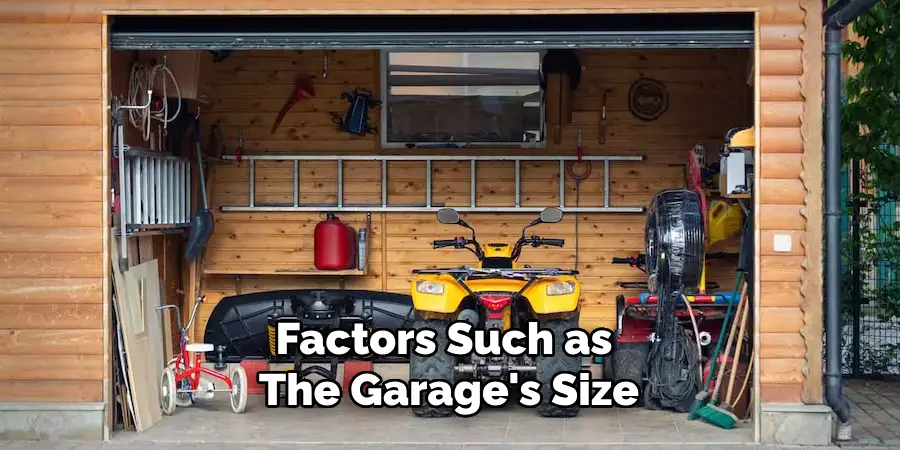
Before implementing cooling solutions, it’s essential to assess the specific needs of your garage. Factors such as the garage’s size, construction materials, and the presence of windows or doors can significantly influence its temperature. For instance, uninsulated concrete walls may absorb heat, leading to higher temperatures inside.
Additionally, consider how you use the garage—whether primarily for storage, as a workspace, or for recreational activities—since each use might dictate different cooling requirements. Understanding these variables will help you tailor your cooling strategies effectively, ensuring optimal comfort and protection for your items.
10 Methods How to Cool Garage in Florida
1. Install Insulation
Insulating your garage is a fundamental step in controlling the temperature. By installing insulation in the walls, ceiling, and even the garage door, you create a barrier that reduces the transfer of heat from the outside.
This not only helps keep the interior cooler but also makes the space more energy-efficient. In Florida’s hot climate, consider using foam board or fiberglass batts, as these materials are highly effective at preventing heat infiltration.
2. Use a Garage Door Insulation Kit
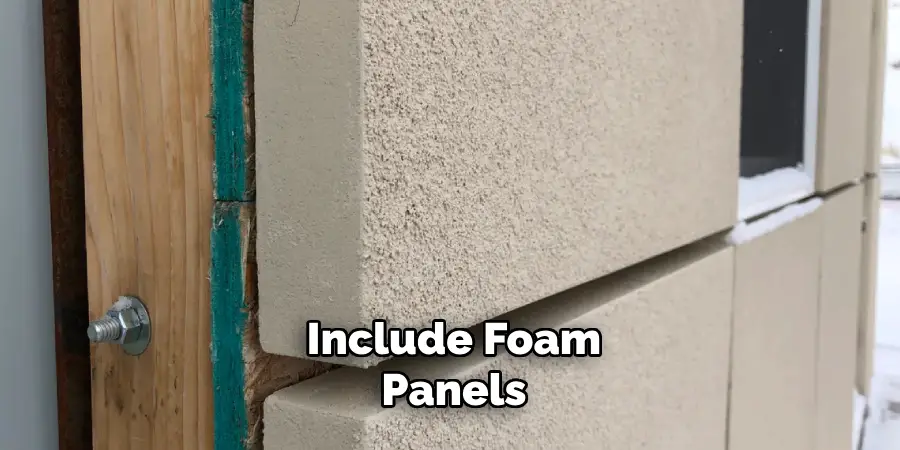
Specially designed garage door insulation kits can be a game-changer. These kits typically include foam panels or reflective materials that adhere directly to the inside of the garage door. By reflecting heat away and providing an additional layer of insulation, these kits help in maintaining a more stable and cooler temperature inside the garage.
3. Install a Ceiling Fan
Ceiling fans are an economical way to improve airflow and help in cooling the space. When installed in a garage, they can help circulate the air, making the space feel cooler without drastically lowering the temperature. Opt for a ceiling fan with a high CFM (cubic feet per minute) rating for better efficiency in moving air around.
4. Use an Air Conditioner
For more effective cooling, installing an air conditioning unit specifically designed for garages can be highly beneficial. Options include portable air conditioners or mini-split systems, both of which can cool the space efficiently. Portable units are generally more flexible and easier to install, while mini-split systems offer a more permanent and potentially more efficient cooling solution.
5. Add Ventilation
Proper ventilation can significantly affect the temperature in your garage. Adding vents, such as gable vents or roof vents, allows hot air to escape and creates a natural airflow. Additionally, installing an exhaust fan can help pull hot air out of the garage, particularly if the garage is attached to your home, as it can also help reduce the heat load on your home’s HVAC system.
6. Apply Reflective Coatings
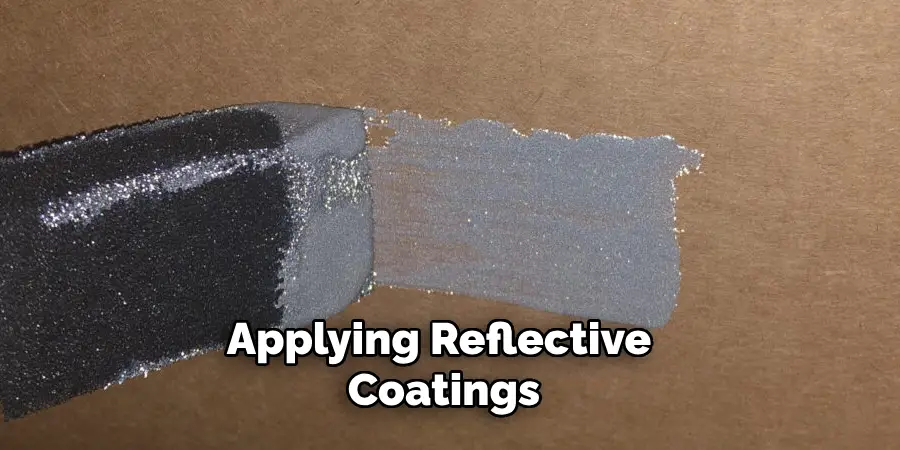
Applying reflective coatings to the roof of your garage can help reduce heat absorption. These coatings are designed to reflect sunlight and reduce the amount of heat that penetrates through the roof. In Florida, where sun exposure is intense, this method can be particularly effective in keeping the garage cooler by decreasing the heat that enters from above.
7. Use Shade Solutions
Installing shading solutions around your garage can help block direct sunlight and reduce heat gain. Consider adding awnings, pergolas, or shade sails over windows and garage doors. Additionally, planting trees or installing tall shrubs around the garage can provide natural shading, which helps in cooling the space by preventing direct sun exposure.
8. Install a Heat Barrier
A heat barrier is another effective solution for reducing heat gain. These barriers, often made from reflective materials, are installed between the roof and the living space of the garage. They work by reflecting radiant heat away from the garage, thereby helping to keep the interior cooler.
9. Opt for a Cool Roof
A cool roof is designed to reflect more sunlight and absorb less heat than a standard roof. This can be achieved through the use of cool roofing materials or coatings that have high reflectivity and thermal emittance. In Florida’s climate, a cool roof can significantly reduce the amount of heat transferred into the garage, leading to lower temperatures inside.
10. Seal Gaps and Cracks

Gaps and cracks in the garage can allow hot air to enter and cool air to escape. Sealing these gaps with weatherstripping or caulk helps maintain a more consistent temperature inside. Pay attention to areas around windows, doors, and where the garage meets the house. Proper sealing ensures that your cooling efforts are not wasted and that your garage remains as cool as possible.
Maintenance and Upkeep
Once you have implemented effective cooling methods in your garage, regular maintenance and upkeep are essential to ensure optimal performance and longevity of these systems.
Start by routinely cleaning air conditioning filters and fan blades, as dust and debris can hinder airflow and reduce cooling efficiency. It’s also important to check insulation periodically for any signs of wear or moisture, as damaged insulation can lead to increased heat transfer.
Furthermore, inspect ventilation systems to ensure they are free from blockages, and clean any vents to promote proper airflow.
If you’ve applied reflective coatings or installed any shading solutions, periodic inspection to confirm they remain intact is crucial, as weather elements can impact their effectiveness over time. By committing to regular maintenance, you can enhance the cooling capacity of your garage and protect your belongings from heat damage.
Troubleshooting Common Issues
Even after implementing various cooling methods, you may still encounter issues that affect the overall temperature control in your garage. Here are some common problems and how to address them:
1. Insufficient Cooling from Air Conditioning
If your air conditioning unit isn’t cooling effectively, first check the air filters; dirty filters can restrict airflow and reduce efficiency. Ensure that the unit is appropriately sized for your garage, as undersized units may struggle to maintain desired temperatures. Additionally, inspect the ductwork for any leaks or blockages that could impede airflow.
2. High Humidity Levels
In humid climates like Florida, high humidity can make your garage feel warmer than it actually is. Consider using a dehumidifier to help remove excess moisture from the air. Ensure proper ventilation is maintained to facilitate air exchange and reduce humidity buildup.
3. Hot Spots
If certain areas of your garage remain warmer, it may be due to insufficient airflow or insulation. Examine any blocked vents or fans and clear debris to improve circulation. If specific areas are inadequately insulated, consider adding more insulation to those spots or rearranging items that may be obstructing air movement.
4. Ineffective Insulation
If you notice that your garage still feels hot despite insulation, check for any gaps, cracks, or damage in the insulation material. Ensure that all seams are properly sealed and that there is no moisture intrusion, which can compromise insulating properties.
5. Pest Infestations
Sometimes, small pests can enter your garage and create unwanted damage or mess. Regular inspections can help catch any infestations early on. Seal any entry points and consider using natural deterrents or traps to keep pests at bay.
Conclusion
Maintaining a cool and comfortable garage, especially in climates like Florida, is essential for preserving your belongings and enhancing the usability of the space. By implementing a combination of ventilation, reflective coatings, shading solutions, heat barriers, and proper sealing of gaps, you can significantly reduce heat gain and improve the overall temperature control within your garage. Thanks for reading, and we hope this has given you some inspiration on how to cool garage in florida!
I am Rick. I grew up helping my dad with his handyman service. I learned a lot from him about how to fix things, and also about how to work hard and take care of business. These days, I’m still into fixing things- only now, I’m doing it for a living.
I’m always looking for new ways to help people grow and develop. That’s why I have created this blog to share all my experience and knowledge so
that I can help people who are interested in DIY repair.

